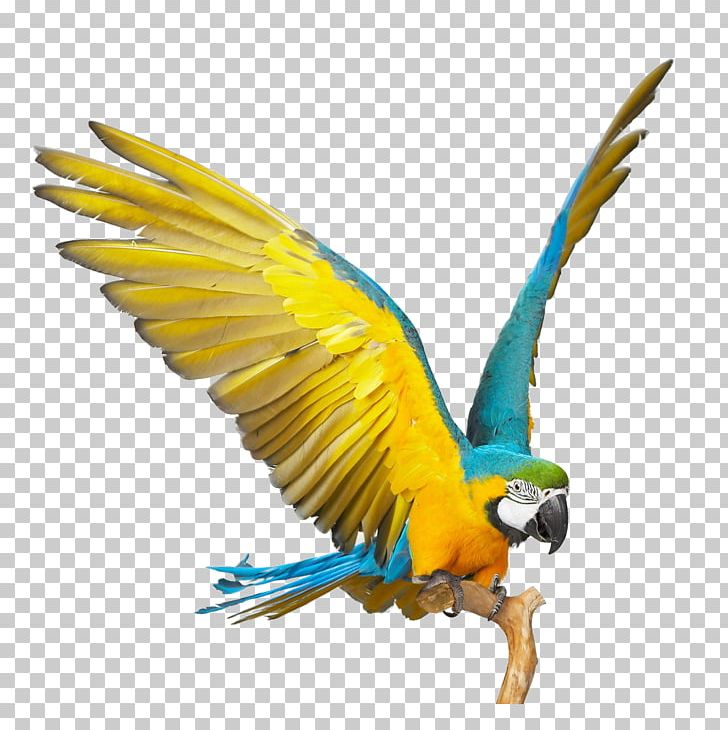Be Golden as gold mine & Green as leaf
carpe diemBe Golden as gold mine & Green as leaf
carpe diemChe Guevara
Che Guevara

Che Guevara was a prominent communist figure in the Cuban Revolution who went on to become a guerrilla leader in South America. Executed by the Bolivian army in 1967, he has since been regarded as a martyred hero by generations of leftists worldwide. Guevara’s image remains a prevalent icon of leftist radicalism and anti-imperialism.
Guevara became part of Fidel Castro’s efforts to overthrow the Batista government in Cuba. He served as a military advisor to Castro and led guerrilla troops in battles against Batista forces. When Castro took power in 1959, Guevara became in charge of La Cabaña Fortress prison. It is estimated that at least 144 people were executed on Guevara’s extra-judicial orders during this time.
Later, he became president of the Cuban national bank and helped to shift the country’s trade relations from the United States to the Soviet Union. Guevara addressed the United Nations General Assembly on December 11, 1964, where he also expressed support for the people of Puerto Rico. One year later, he was appointed minister of industry. Guevara left this post in 1965 to export the ideas of Cuba’s revolution to other parts of the world. In 1966, he began to try to incite the people of Bolivia to rebel against their government, but had little success. With only a small guerrilla force to support his efforts, Guevara was captured and killed on October 9, 1967 in La Higuera by the Bolivian army, which had been aided by CIA advisers.
Blue-and-yellow Macaw
Blue-and-yellow Macaw

Adult has blue upperparts, including hind crown, wings and tail
On the underparts, chin and throat are black. Neck sides, breast,
belly and vent are golden yellow. Underwing coverts are yellow, with
duller flight feathers. Undertail coverts are blue. Graduated tail is
gold with buff-tipped feathers.
On the head, fore crown and top of the crown are green.
Blue-and-yellow Macaw has white lores and face, with fine lines of short
black feathers. White face can become pink when bird is excited.
Strong, hooked bill is blackish. Eyes are yellow. Legs and feet are dark grey.
Both sexes are similar

Blue-and-yellow Macaw performs destructive chewing to bark or other
plant matter. They can travel long distances for feeding, and young
bids follow the adults, in order to learn how to find food. In open
areas, they can feed on ground, by picking fallen nuts, but they feed
mainly in treetops where they are protected.
Blue-and-yellow Macaw is resident in its range. It performs some
seasonal movements in rainy season, and daily long-distance flights
between communal roosts and feeding areas.
Juvenile resembles adults, but it has shorter tail, and its eyes are grey. It reaches its sexual maturity at 3 or 4 years of age

Blue-and-yellow Macaw, as other macaws, eats clay and minerals on
riverbanks. These macaws feed on several plant species, including toxic
plants. To eat clay allows them to digest the poisonous contained into
fruits and seeds of these plants.
But usually, Blue-and-yellow Macaw feeds on fruits or some parts of
them, nuts, berries, blooms, leaves, and flowers of Combretum. Its
favourite seeds come from Hura crepitans trees
Blue-and-yellow Macaws are threatened by habitat loss
for agriculture. Collect of birds, young and adults, for trade to
Europe and North America has serious effect on populations in wild.
Blue-and-yellow Macaw’s predators are birds of prey such as Harpy
Eagle, Hawk Eagle and Orange-breasted Falcon. They can attack macaws
when in flight.
Programs of conservation include building of artificial nests,
because competition for cavities is a threat more for this species.
Bird specialists also try to remove the second chick from the nest,
in order to raise it instead to leave it to die by starvation.
However, Blue-and-yellow Macaw populations are not listed as
endangered, but they are in real decline in some parts of the range.
Fr: Ara bleu
All : Ararauna
Esp : Guacamayo Azulamarillo
Ital : Ara ararauna
Nd : Blauwgele Ara
Russe : Синежёлтый ара
Hormones and Chemicals Linked with our Emotion
Hormones and Chemicals Linked with our Emotion

Emotions are very complex and have different meanings to different people, but essentially, emotions are a conscious experience that are categorized by states of mind, external and internal reactions, and expressions.
There are many different emotions, including affection, anger, angst, anguish, annoyance, anxiety, apathy, arousal, awe, boredom, confidence, contempt, contentment, courage, curiosity, depression, desire, despair, disappointment, disgust, distrust, dread, ecstasy, embarrassment, envy, euphoria, excitement, fear, frustration, gratitude, grief, guilt, happiness, hatred, hope, horror, hostility, hurt, hysteria, indifference, interest, jealousy, joy, loathing, loneliness, love, lust, outrage, panic, passion, pity, pleasure, pride, rage, regret, relief, remorse, sadness, satisfaction, self-confidence, shame, shock, shyness, sorrow, suffering, surprise, terror, trust, wonder, worry, zeal, and zest.
Emotions are not really made out of anything, but how we feel emotions can be described. Emotions come from the arousal of the nervous system. Millions of chemical reactions take place in the brain at any given time. Chemical reactions occur because of synapses. Synapses are parts of the nervous system, and it is through these that neurons are able to transmit messages using neurotransmitters.
Emotions are typically measured in physiological responses, such as a pounding heart, sweating, blood rushing to the face, and the release of adrenaline. Expression is also a major part of emotions. Expression is associated with parts of the nervous system such as the motor cortex, limbic system, and the brain stem. The parts of the nervous system that affect emotion the most are the frontal lobes and the amygdala. The frontal cortex is usually associated with feelings of happiness and pleasure. The amygdala is usually associated with feelings of anger, fear, and sadness.
We experience a variety of emotions throughout the day. Mostly, these emotions are transient in nature. But, when these emotions become intensely negative or are unremitting they can dramatically affect our biochemistry and behaviour.Certain brain areas and the presence of levels of different chemicals in your brain controls emotions. For example, if we are in danger, our brain releases stress hormones that can initiate fight or flight reactions by flooding certain regions with the neurotransmitter epinephrine (adrenaline). When the danger subsides, our brain inhibits the stress response by sending out a calming signal in the form of chemicals.
Hormones and chemicals keep the body working normally. Listed are a few of them and how their balance affect the way our moods, emotions and stresses are triggered